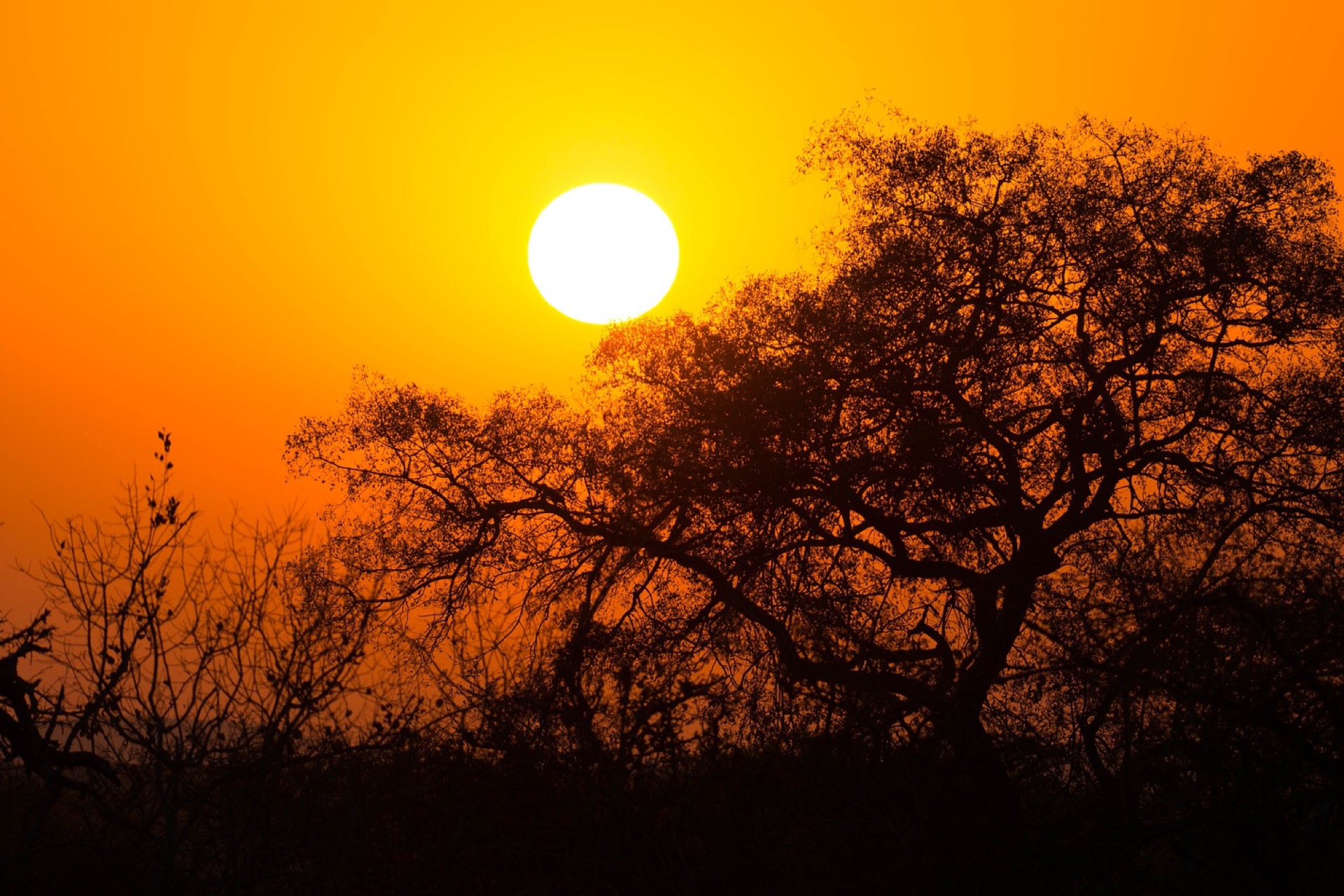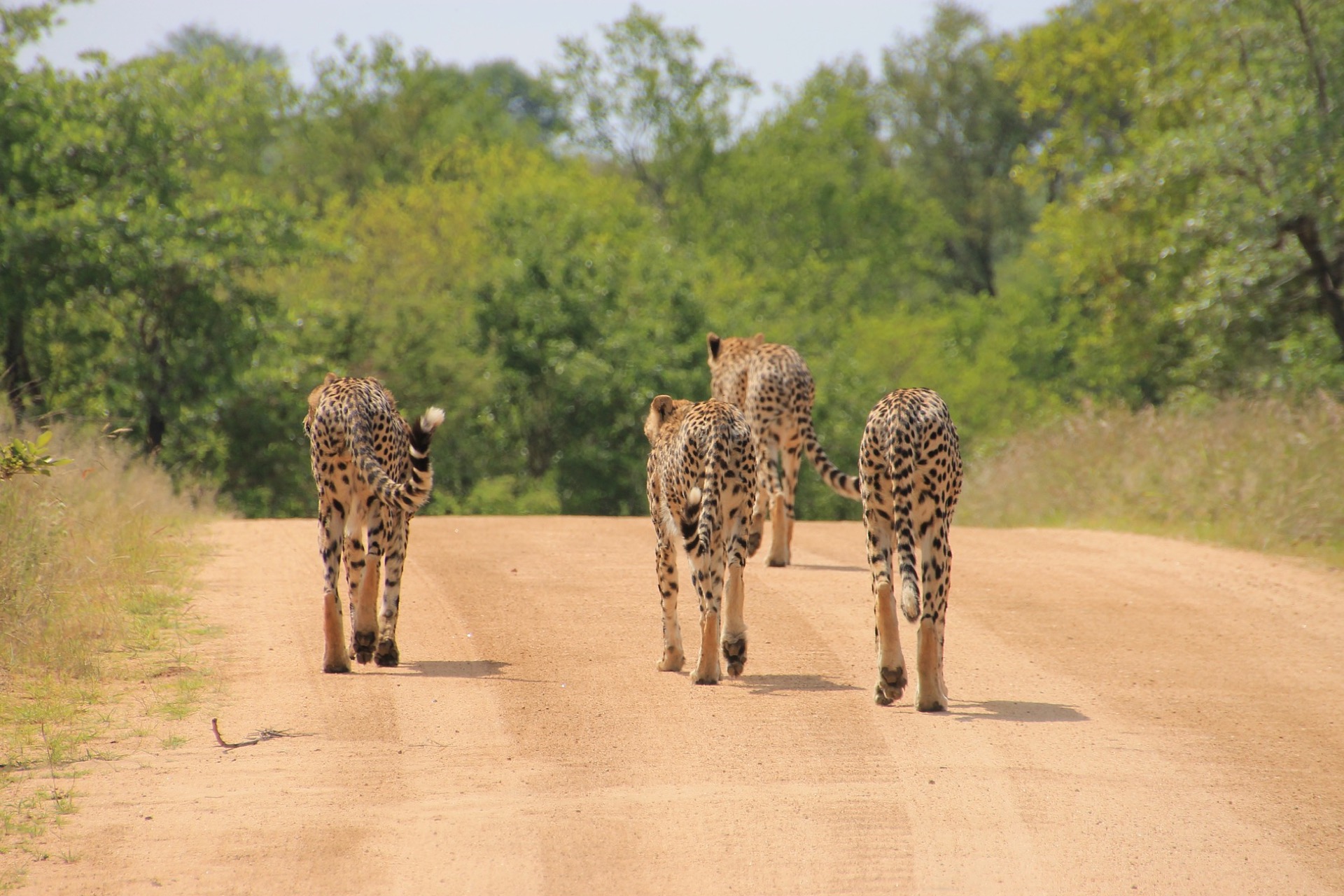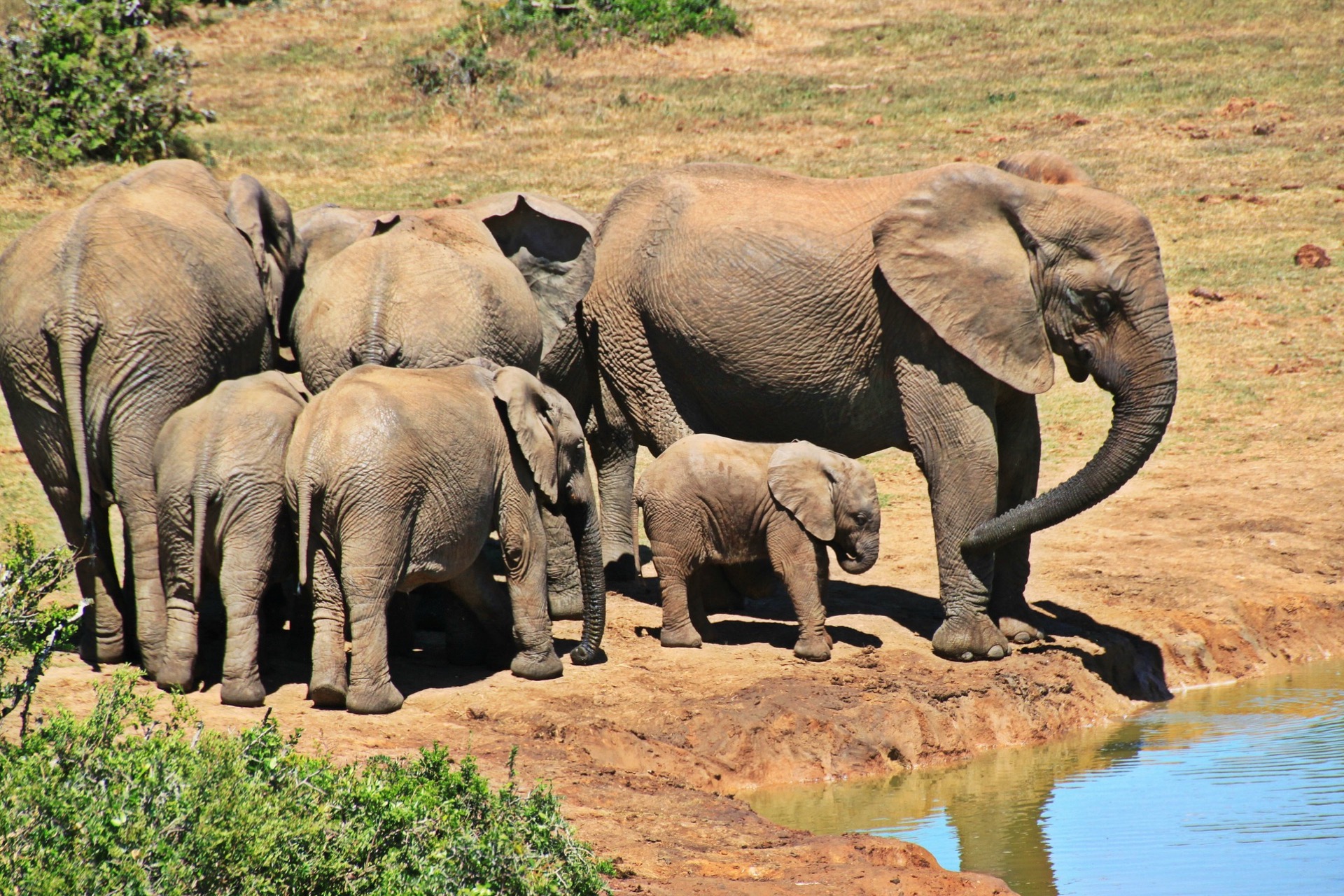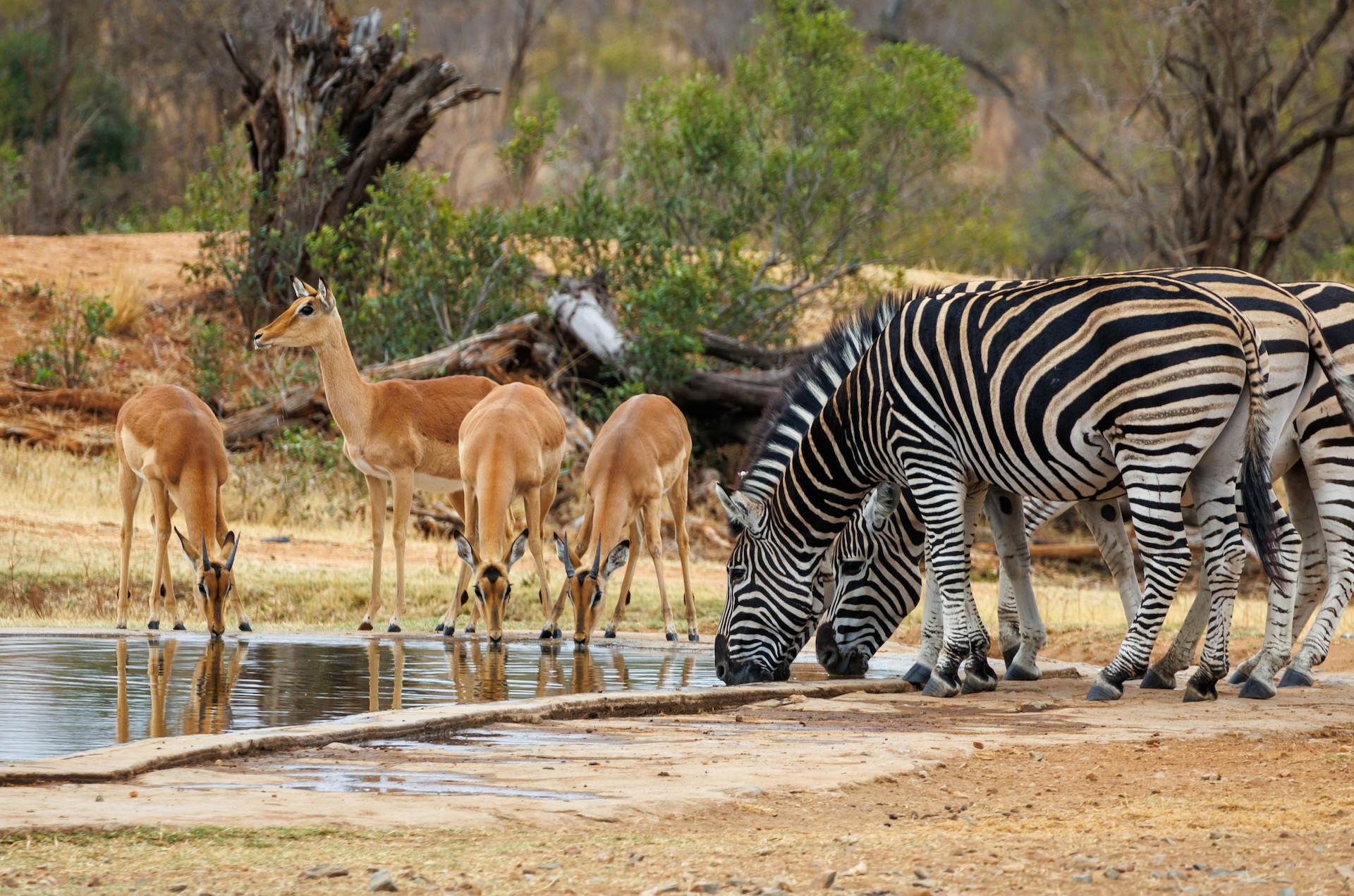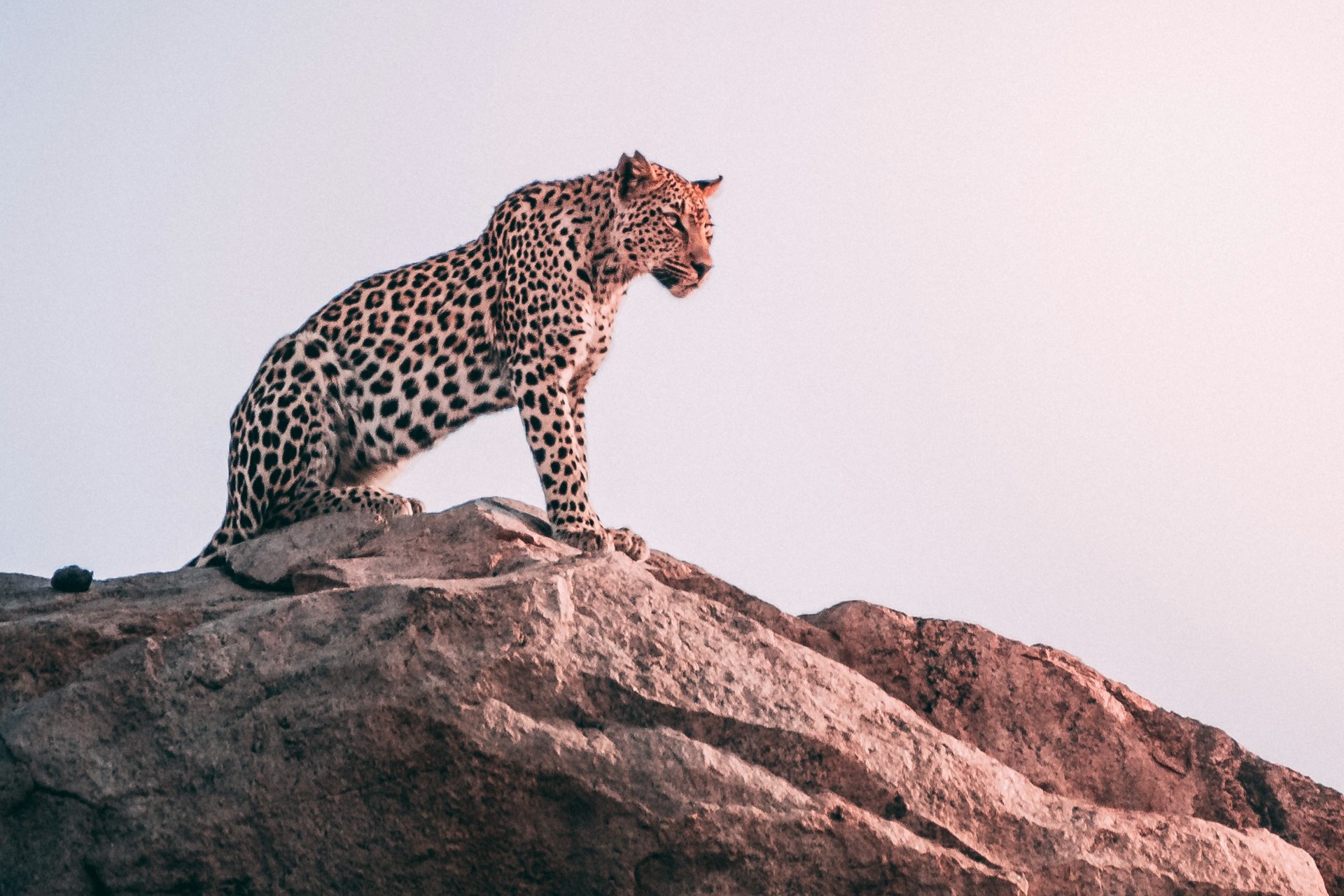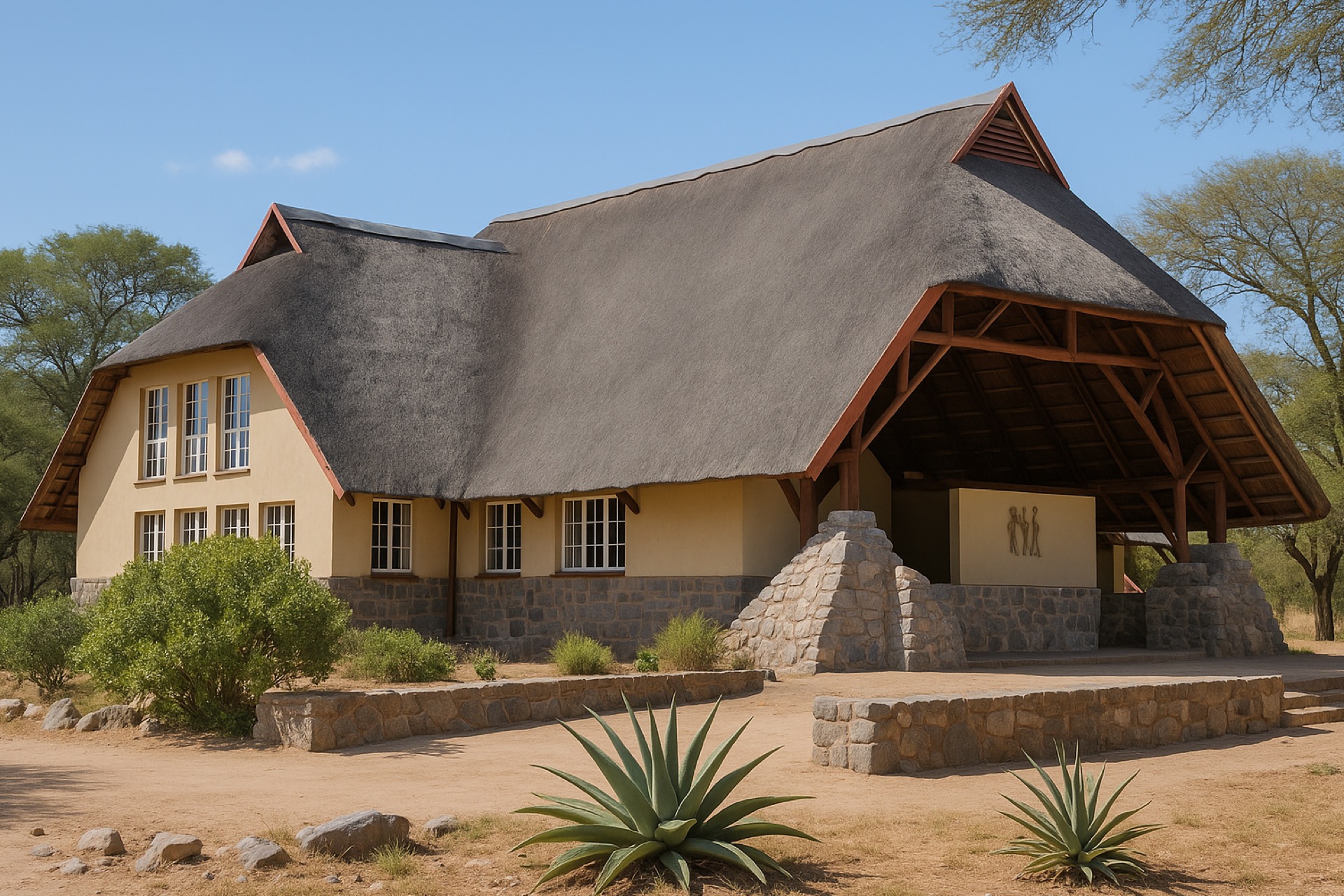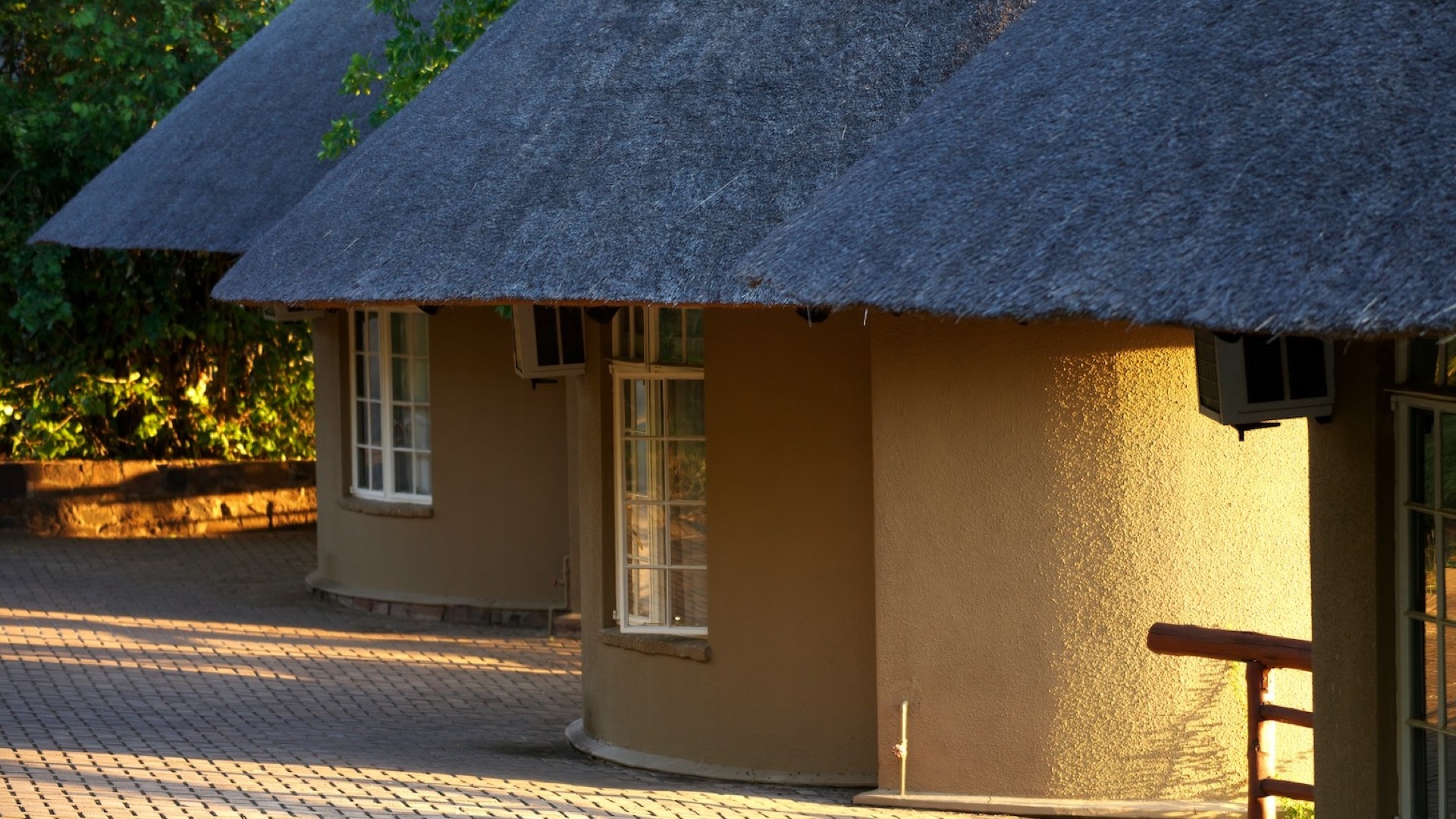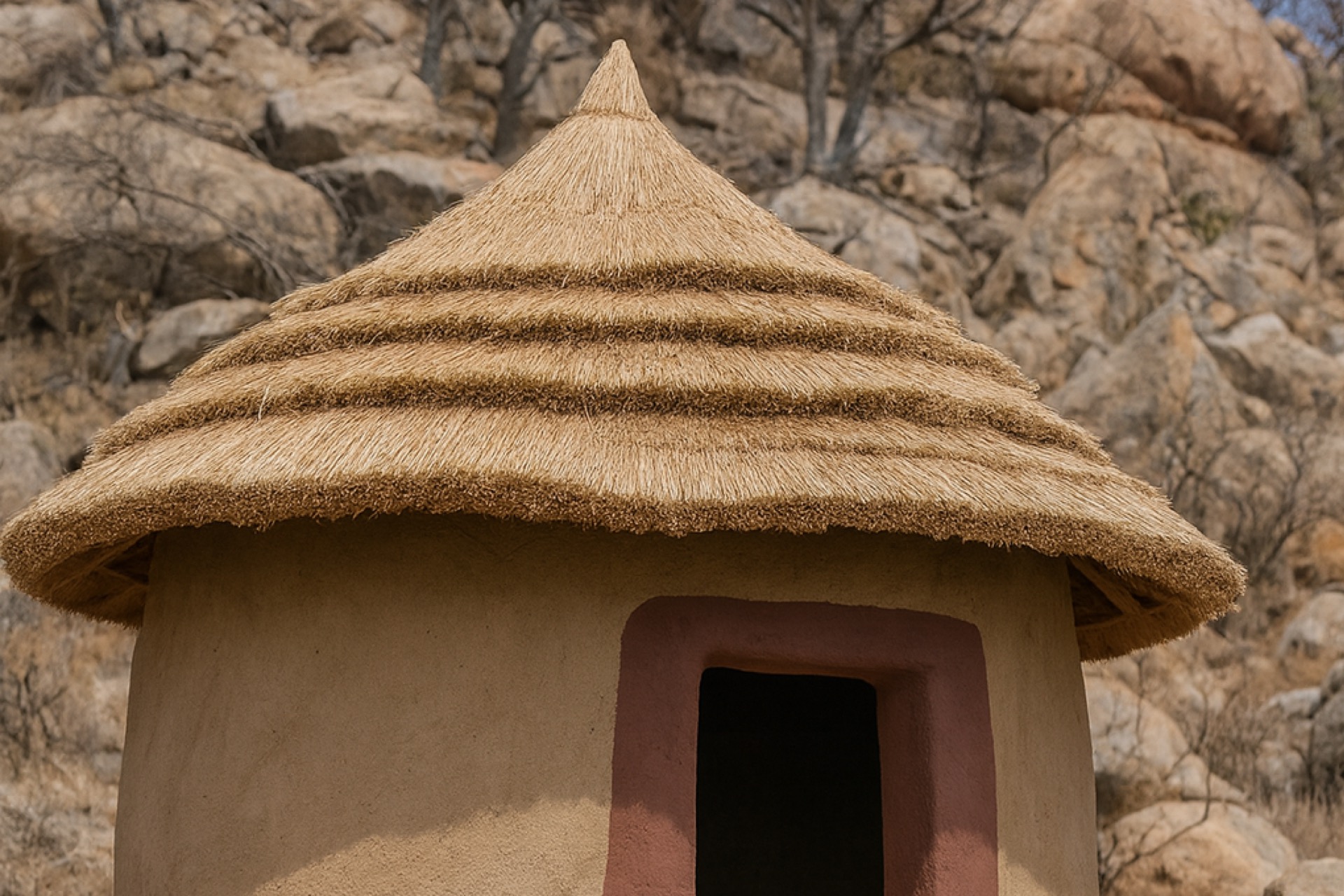Ancient Wildlife Heritage (Prehistoric - 1800s)
Pristine Wilderness
The Lowveld region that is now Kruger National Park has been home to abundant wildlife for millions of years. Fossil evidence shows that diverse megafauna including prehistoric elephants, rhinoceros, and big cats roamed these grasslands and woodlands since ancient times.
Indigenous Peoples & Wildlife
For thousands of years, indigenous peoples including the Tsonga and Shangaan communities lived alongside the wildlife. They established settlements near the Sabie, Crocodile, and Limpopo rivers, coexisting with the abundant game through sustainable hunting and gathering practices.
Untamed Wilderness
Before European contact, the Lowveld was an untamed wilderness teeming with massive herds of buffalo, wildebeest, zebra, and antelope. Lions, leopards, and wild dogs hunted freely across vast territories, while elephants and rhinos thrived in numbers that would be unimaginable today.
